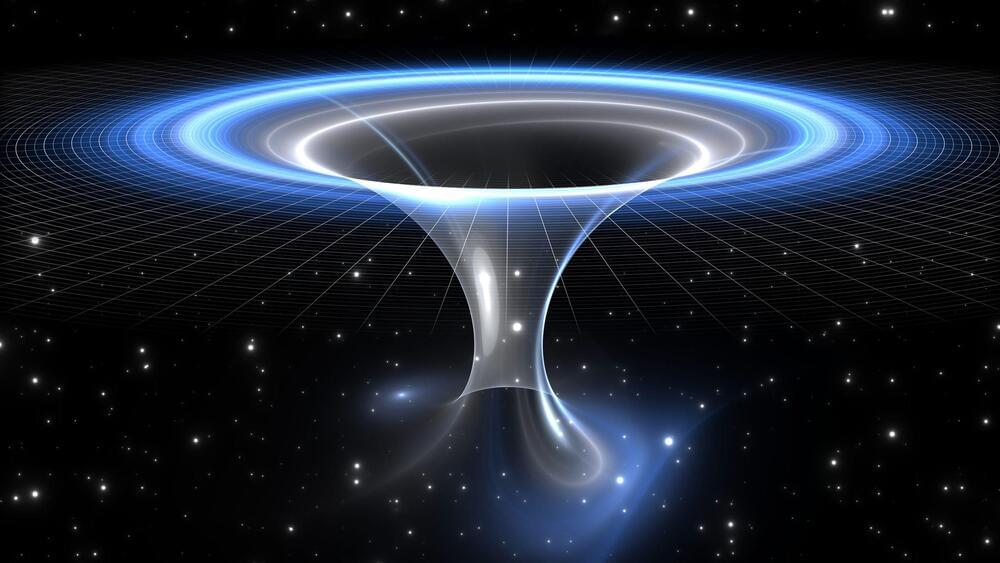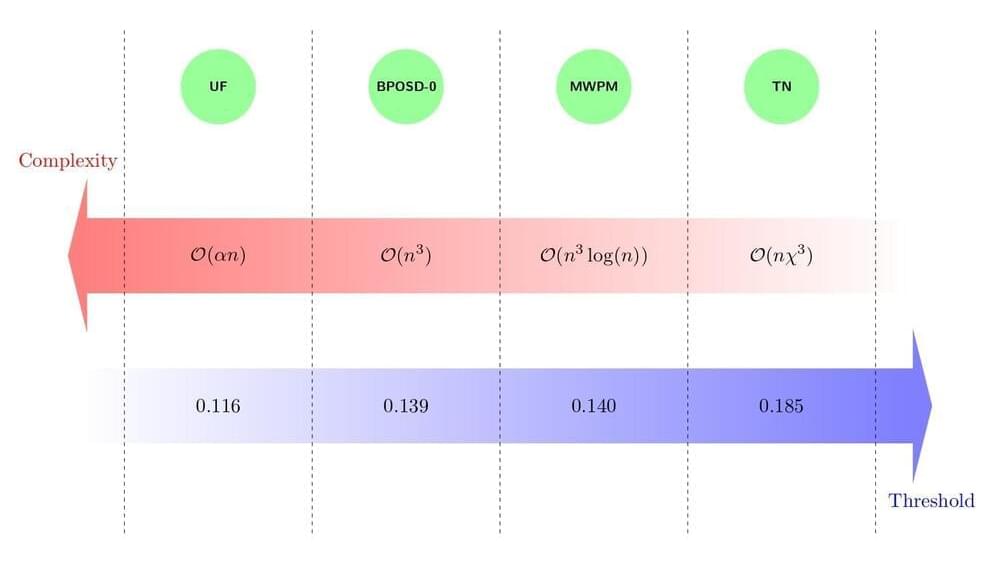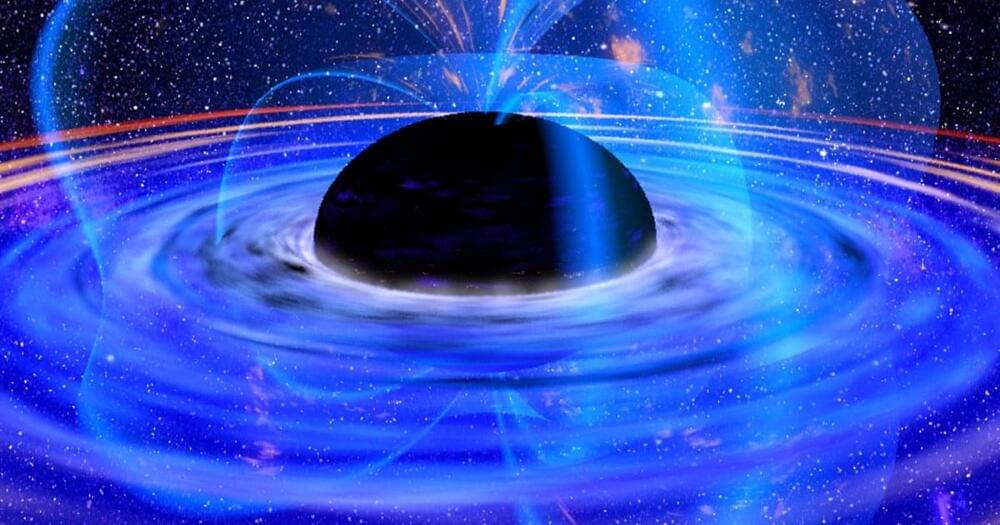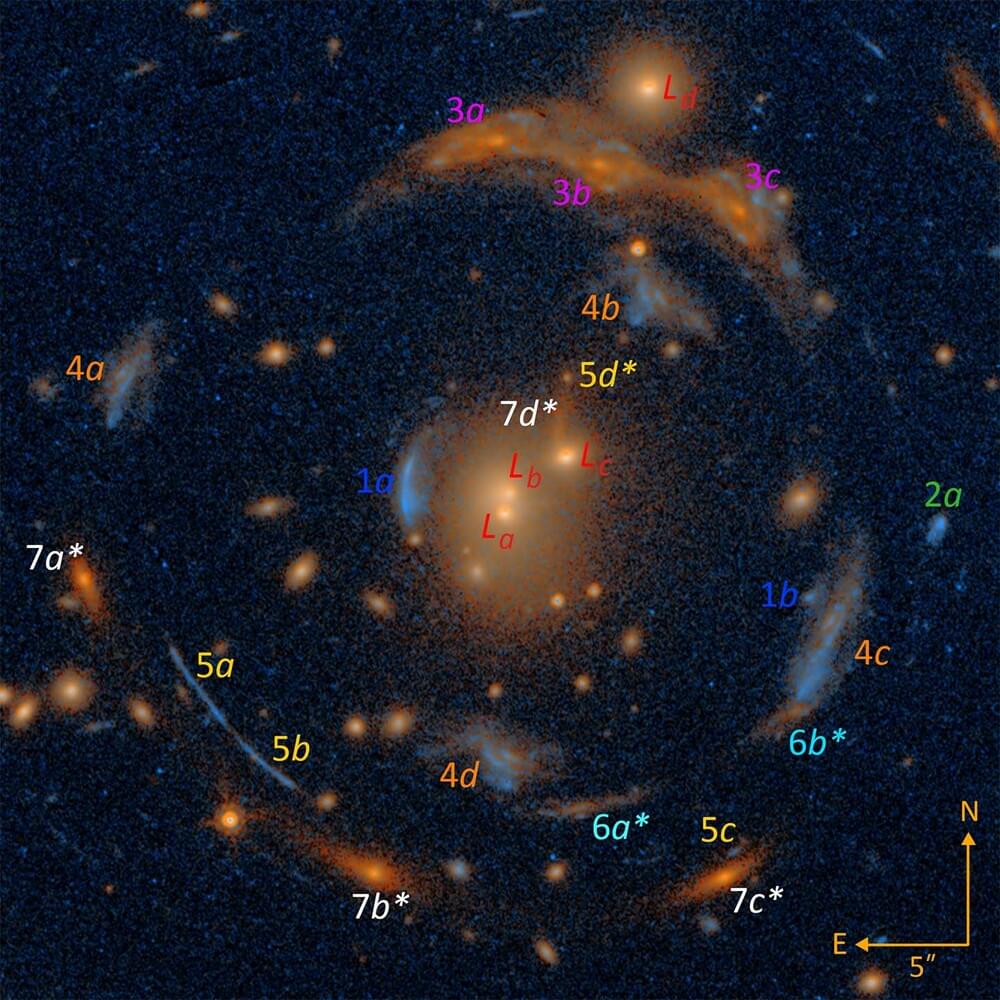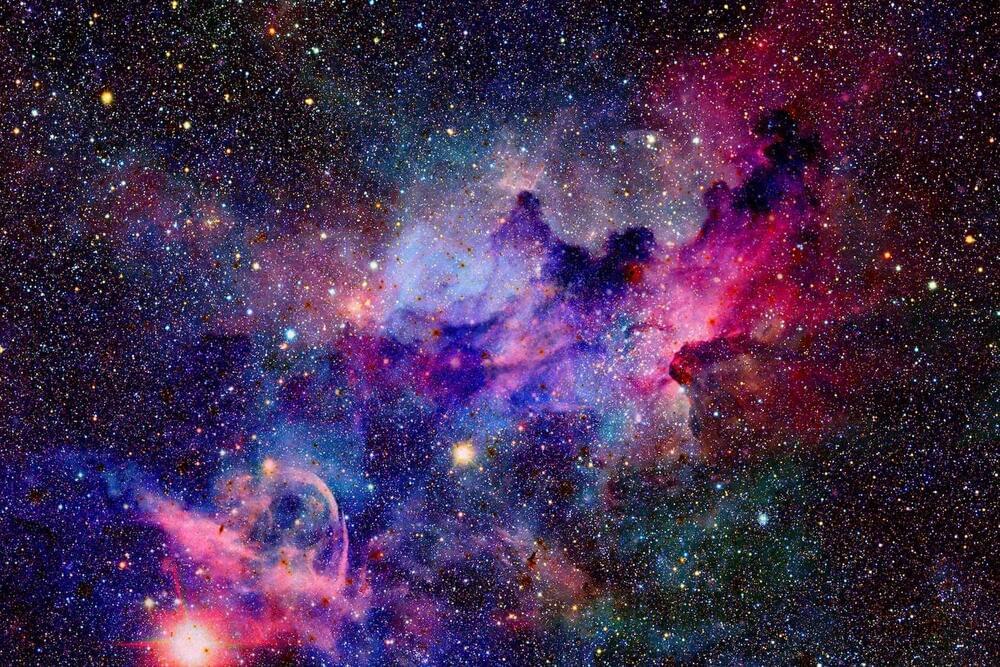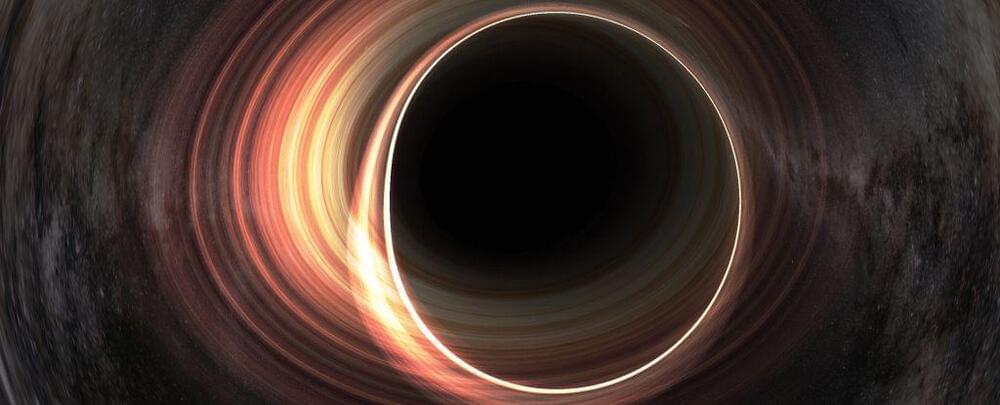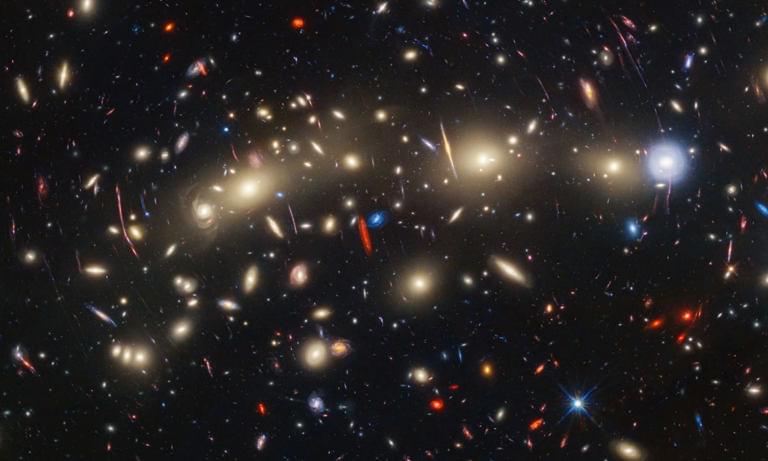Oct 14, 2024
Objects previously regarded as black holes may actually be wormholes
Posted by Shubham Ghosh Roy in categories: cosmology, physics
Some scientists believe black holes might be wormholes, offering shortcuts through space and time
A team of physicists from Sofia University in Bulgaria has proposed a fascinating theory that wormholes, hypothetical tunnels linking different parts of the universe, could be hiding in plain sight. These wormholes may resemble black holes so closely that current technology cannot distinguish between the two, according to a new study reported by New Scientist.
